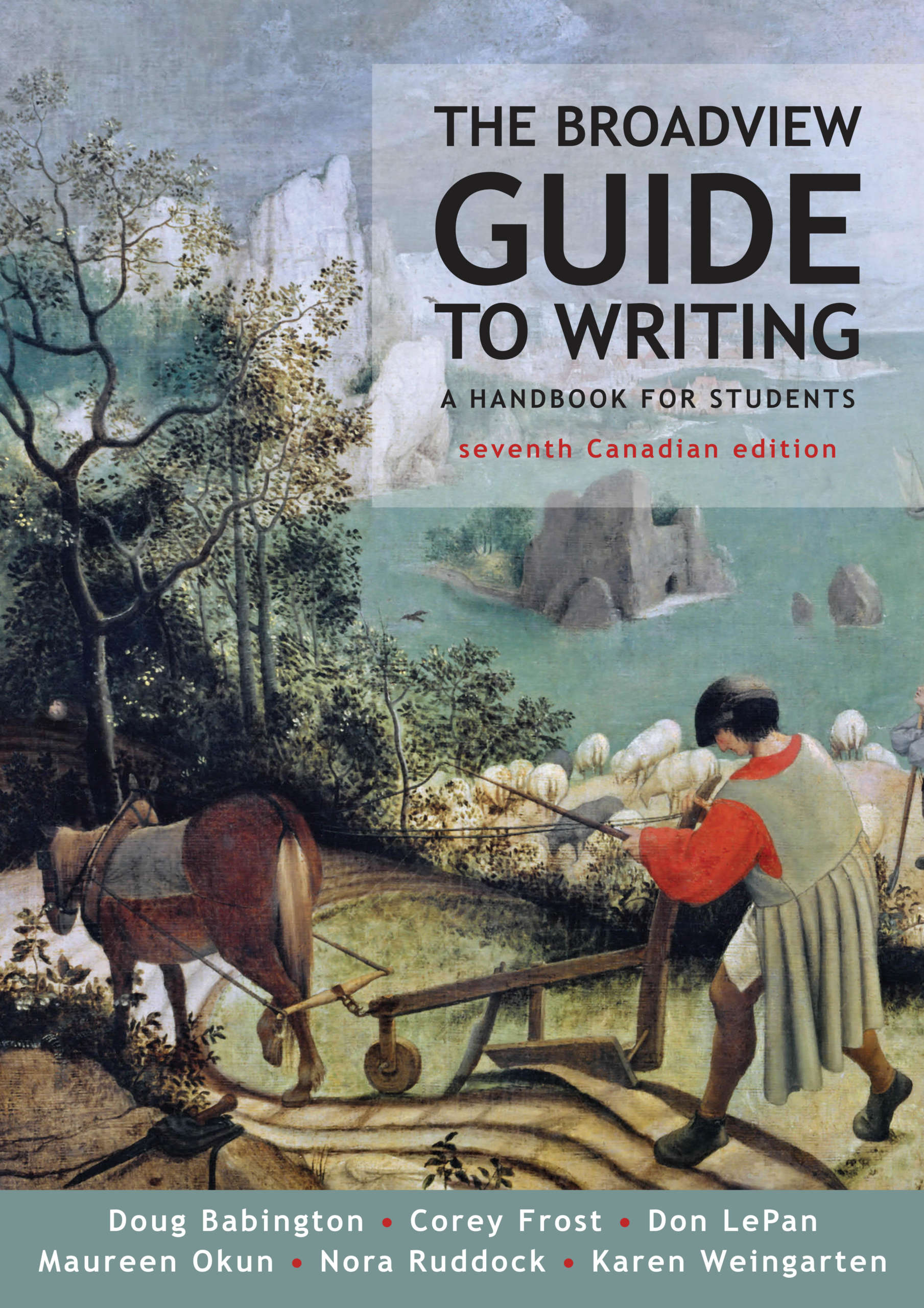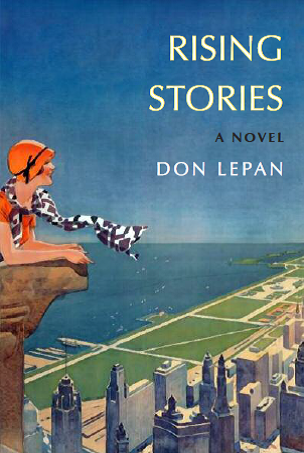The blogger began the discussion with a posting likening Animals to Brave New World and calling it “a difficult and challenging read” that prompted some contradictory thoughts; “LePan claims his main argument is against factory farming and for the humane treatment of our food animals, but I was left with a much broader sense of ‘let’s stop eating meat and fish, period.’”
The most interesting comment posted thus far has been from “El Fay,” who takes the discussion in quite a different direction. El Fay also finds the premise of the book “disturbing—but for all the wrong reasons.” He or she argues that comparing marginalized peoples to [non-human] animals is “highly problematic due to the history of labeling many of these groups as sub-human,” and points to a recent PETA blog posting as an example of why this sort of comparison is “so troubling.”
The PETA ad is indeed deeply troubling. It shows a photo of Tiger Woods with the following words superimposed:
TOO MUCH SEX CAN BE A BAD THING
… for little tigers too.
Help keep your cats (and dogs) out of trouble; always spay and neuter.
The advertisement seems to me to be offensive in several ways. To start with, the “bad thing” in this case wasn’t the amount of sex—it was infidelity. But the more serious issue is the way the advertisement engages with the long-standing myth propagated by racists that black sexuality is inherently dangerous—and the accompanying view that it needs to be controlled, forcibly if necessary. As another blogger (Renee of Womanist Musings) has pointed out, the ad displays no sensitivity whatsoever “to the ways in which black bodies have been stereotyped” or to the “history of black men being castrated for having relations with white women.” The advertisement doesn’t engage with what is sometimes referred to as 'the myth of the big black buck' by questioning that pernicious myth in any way. Quite the opposite; it feeds off it in pursuit of a cheap laugh.
Is Animals insensitive—or downright offensive—in parallel ways? There is no question that it also deals with material that is highly sensitive; the list of categories under which humans have labeled other humans as subhuman is appallingly long (Jews, women, blacks, native North Americans, Chinese, Armenians, Roma, Tutsi, those suffering from disabilities, gays and lesbians, Protestants, Catholics, Ndebele—it goes on and on and on), and what humans have done to other humans, using these labels as justification, is endlessly horrific.
Far from joining in (or feeding off) that sort of labeling, Animals is deeply critical of it. But is the very fact of its using story material of this sort inappropriate? Why use story material of this sort in the first place?
For one thing, to point out what I think are entirely legitimate (albeit provocative) parallels. For it is not just other humans that we humans have had a habit of separating into categories that result in horrific cruelty. We have developed habits of classifying dogs and elephants, for example, as beings to be treated with kindness and respect, and pigs as beings who we can in good conscience subject to lives of endless suffering before we kill them. To draw parallels between that sort of labeling and the labeling of other humans as sub-human is not to make a claim as to degrees of wrong; I have no wish to defend the view that our treatment of non-human animals is as bad as the ways in which various human groups have been treated. That simply does not to me seem a fruitful discussion; the point is rather that the process is similar—the process of labeling in such a way as to justify horrific cruelty.
There is another reason too for using this sort of story material in Animals. The reality is that most of us tend to be more readily capable of imaginative sympathy with other humans than we are with non-human creatures. The closer a protagonist “standing in” for a non-human animal is to a human being, the more easy it is likely to be to bring home to readers the horrific realities of factory farming in a way that may engage their imaginative sympathy—and lead to real change. And clearly the book has led to at least some such change; a significant number of readers have been in touch to say that they have changed their eating habits as a result of the book, either reducing or eliminating from their diets foods that are the product of the cruelties of factory farming.
The strategy, then, has at least to some extent been effective. But from fairly early on I recognized that it was indeed a highly problematic approach. There is a thin line in dealing with sensitive subjects that it is important not to cross; it would be essential in this case not to inadvertently create the impression that the book was in any way disrespectful towards people with disabilities—that it could be read as in any way questioning the legitimacy of their rights, or the importance of their ongoing struggles.
I won’t go into detail here as to the book’s narrative strategies (the ways, for example, in which Broderick is shown to be an unreliable narrator). But I will say that I am confident that the book cannot be fairly read as in any way supportive of discrimination against people with disabilities. It’s not a solitary confidence, I may add. I don’t have unbounded faith in my own knowledge or my own judgment in such matters, and I thus thought it appropriate to consult a number of people who are far better versed than I am in issues relating to human disability. I am particularly indebted to one academic, who is also a parent of a child with Down Syndrome, for reading the unpublished manuscript and making a considerable number of helpful suggestions—as a result of which I made numerous revisions, some of them quite significant.
As to the Page 247 blogger’s lingering suspicion that Animals doesn’t just criticize factory farming but also leaves “a much broader sense of ‘let’s stop eating meat and fish, period’”—that’s a question I’d like to leave for the moment—and let others weigh in on.




